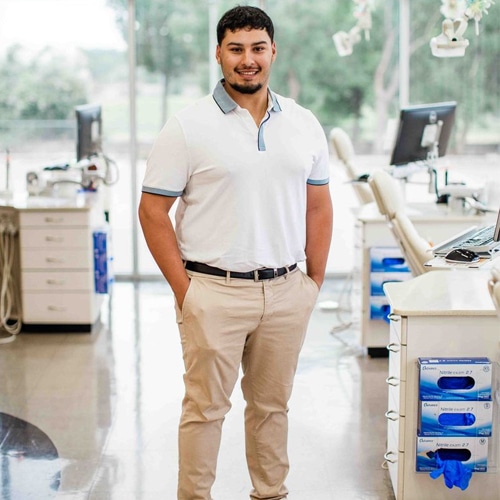Everyone wants a beautiful smile that makes them feel confident in any setting. The simple fact is that braces involve pricey materials as well as many hours of time for a highly specialized professional. None of that comes cheap.
That doesn’t mean that everyone without thousands of disposable dollars is stuck, though. There are plenty of ways to get more affordable braces if you know where to look.
Start with these top tips.
1. Get to Know Your Insurance
Some people think of braces as cosmetic treatments, so they assume their dental insurance won’t cover it. Both of these assumptions are incorrect.
Depending on your specific alignment issues, straightening your teeth can make it easier to keep your teeth healthy for the long-term. In any case, many dental insurance plans offer some level of orthodontic coverage.
Keep in mind that it varies from one plan to the next, though. Make sure you find out what kind of coverage you have and what the requirements are for your braces to be covered.
If you don’t have dental insurance, you may still be in luck. In some cases, medical insurance will cover braces if the braces are deemed to be medically necessary. Look into your health insurance to see if this is available.
2. Check Your HSA or FSA
HSAs and FSAs are common benefits employers can offer, whether or not they provide medical insurance too.
An HSA, or health savings account, is similar to an FSA, or flexible spending account. In both of these cases, tax-free income comes out of each of your paychecks and goes into the account.
While an FSA may have more options, you can use both of these accounts to pay for medical expenses. You’ll typically be able to use your HSA or FSA to pay for braces.
Keep in mind that each HSA and FSA has its own rules and stipulations. Read up on yours before you make any assumptions.
3. Shop Around
Chances are that you have more than one orthodontist within a reasonable driving distance. You don’t need to choose the first one you find.
Feel free to visit a few orthodontic offices for consultations. They can examine your teeth and give you an idea of the approach they would take and how much it would cost. Keep in mind, of course, that circumstances can change throughout your treatment plan so that price won’t be guaranteed.
Get a few cost estimates and compare them. It may not be the best idea to go with the cheapest choice. If one estimate is far lower than the others, you have to ask yourself why.
As you consider your orthodontic options, read up on each of the offices as well. Find out what their past patients have thought about their services.
4. Select the Right Type of Braces
There are many different types of braces to choose from, and this will have an impact on your cost. The most affordable option is usually traditional metal braces.
It’s understandable that you may want to make your braces less noticeable with options like Invisalign or lingual braces. However, you’ll pay a premium for them.
If you’re curious, ask your orthodontist for a price comparison between the various options.
5. Ask About a Payment Plan
Making braces affordable isn’t just about lowering the cost. It’s about making the payments easier on you, too.
Some orthodontic offices provide payment plans to make your care more manageable. In fact, we offer in-house payment plans with no interest for our patients.
Make sure you verify that this is an option before you commit to an orthodontist, though. Some offices charge interest for their payment plans and others don’t provide in-house payment plans at all.
6. Investigate Assistance Programs
Better dental and orthodontic care benefits all of us by helping us have a healthier community. Fortunately, there are organizations that recognize this and are doing something to help.
Depending on your financial situation, you may qualify for low-cost dental care from the state of Texas. These programs are available to low-income people age 20 or younger, but they may or may not cover orthodontic treatment.
There are also non-profit organizations that help people pay for braces. Each one has its own application and enrollment process, though. It’s a good idea to research this beforehand and find out if you qualify in advance.
7. Be Upfront About Your Concerns
When an orthodontist examines you and creates a treatment plan, our top priority is to give you the best possible results. While we want to keep the costs as reasonable as possible, and a good end result is our ultimate priority.
If, however, you’re concerned about the cost or you have a specific maximum amount you can afford, tell us from the beginning. We may be able to tailor your treatment plan to fit within that goal.
This could mean that while your smile will be far better than it is today, it won’t be perfect. Regardless, we’ll discuss the outcome you can expect and work with you to reach that perfect middle ground: great results with an affordable price tag.
The Quest for Affordable Braces
Without a doubt, if your dentist says that you or your child needs braces, your first thought is the cost. Braces have a bad reputation for being more expensive than most families can afford.
In many cases, that simply isn’t true. There is a range of ways to find affordable braces, from choosing the right provider to requesting a payment plan you can handle.
The tips above should give you an idea of the many ways you can get braces that fit within your budget. To get started toward that goal, call our office for a free orthodontic exam.






